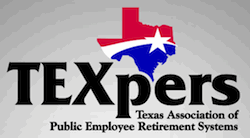
A Conspiracy against Public Pensions?
Either paranoid or perceptive, public pension administrators say they are being sandbagged by a pervasive, persistent stealth effort to convert their DB plans to DC and gain greater control over their collectively immense assets. Maybe they're just observing business as usual.


